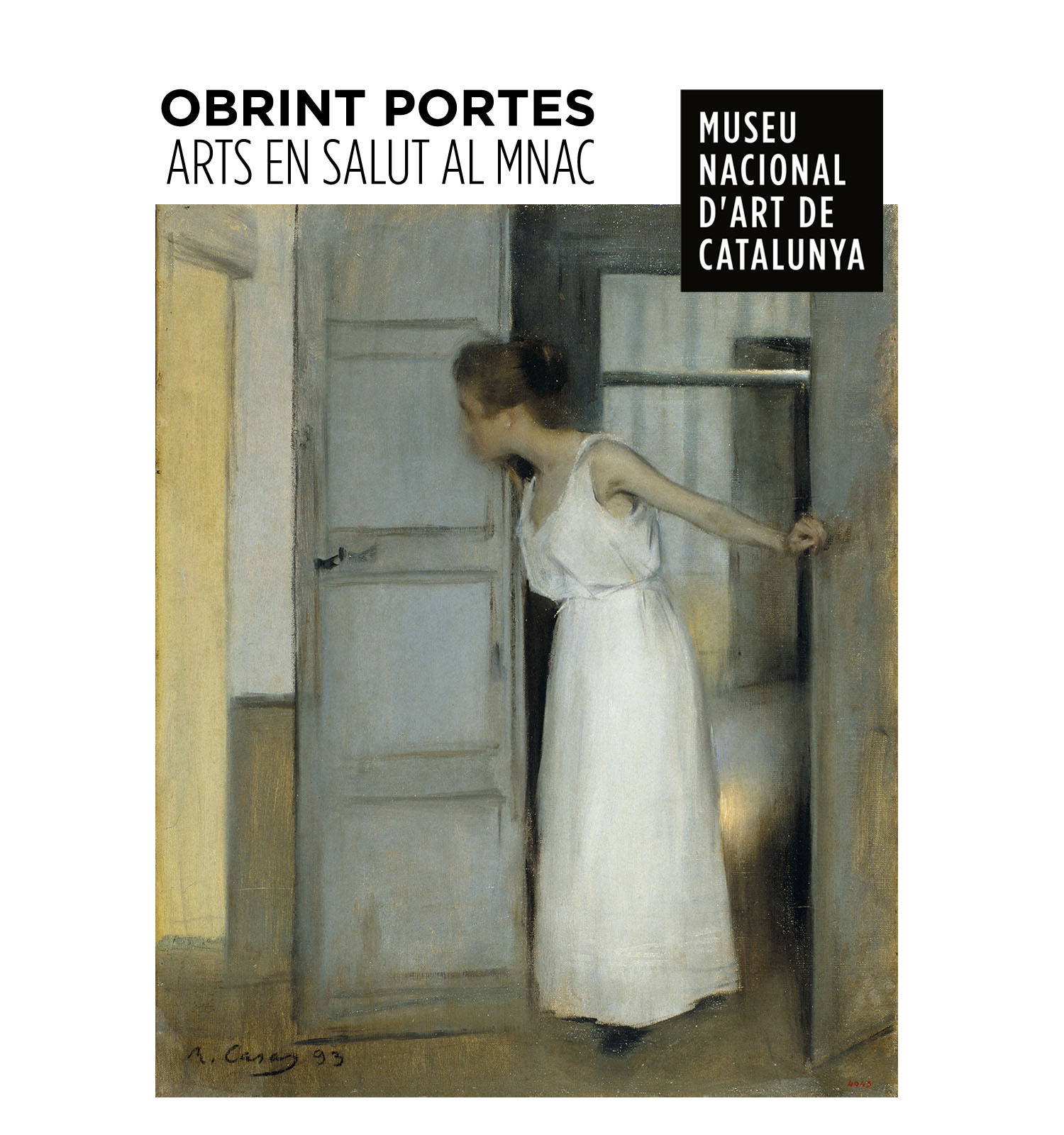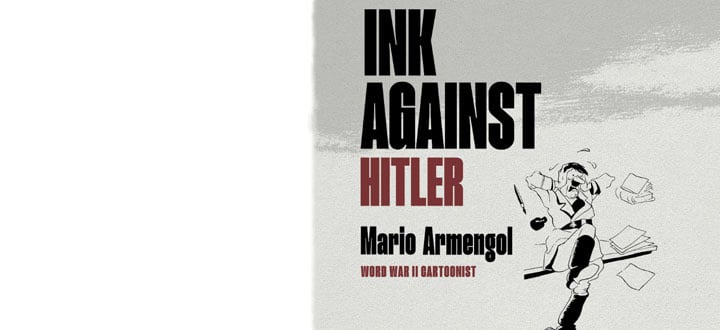Opening doors. Arts in health at the MNAC
Opening doors. Arts in health at the MNAC
Date range:
16/01/2024The MNAC and Vall d’Hebron analyse the positive impact of art on adolescents with cancer.
- They do so through the ‘Opening Doors’ arts in health programme, combining the enjoyment of art with artistic creation, organized at the MNAC for patients from 12 to 17 years of age from Vall d’Hebron
- Vall d’Hebron will conduct a research study to identify the impact of art on the mental health of adolescents with cancer, most exposed to suffering emotional unease and social isolation.
- The project revolves around the symbolism of doors; the patients explore self-esteem and creativity through nine workshops and the design of doors that will be displayed at the MNAC after the project ends.
The Museu Nacional d’Art de Catalunya (MNAC) and Vall d’Hebron University Hospital present the “Opening Doors” programme addressed to adolescents with cancer. It is an intervention that combines the enjoyment of art with artistic creation to help patients to have a safe meeting space, in which to explore their self-esteem and creativity, and at the same time meet boys and girls who share the same concerns. Following the recommendation of the World Health Organization (WHO) to incorporate the arts and culture in healthcare systems, the project explores art’s potential as a means of achieving specific healthcare goals.
The programme has been designed for 12 adolescents with cancer from the Paediatric Oncology and Haematology Service of Vall d’Hebron University Hospital aged between 12 and 17, with their families, although they do the activities separately. The hospital’s team of professionals chooses the patients taking part, who have to be in low-intensity treatment, maintenance therapy or after treatment, and analyses the results.
The programme consists of nine sessions – four in November, one in December and four in January – that are held at the MNAC on Tuesday afternoons. The programme revolves around the symbolism of doors and has been designed by the MNAC’s team. “Doors can be a metaphor of life. They have many connotations, both positive and negative. A closed door could be a safe and welcoming space, but also a prison. And an open door could connect with hopes and dreams”, says Natàlia Esquinas, a doctor of Art History and the co-creator of the workshops with Eva Vilanova, and Norma Vélez, coordinator of the MNAC’s Arts in Health projects.
In the framework of the intervention protocol designed by Vall d’Hebron, in the first get-togethers group cohesiveness and dialogue has been worked on so that the adolescents can explore their feelings and relate to one another. In the sessions, work is done with various artistic mediation resources such as Visual Thinking Strategies that encourage them to dialogue and communicate with one another through the observation of art, among other things.
The last five sessions are focused on the project of the handling and artistic creation of a door and they have the support of the Museum’s technical teams, such as that of infrastructures and carpentry. “Art is a metaphor and metaphor helps us to communicate something intimate, above all emotional conflicts”, says Natàlia Esquinas.
The boys and girls work with a logbook, which will be part of the qualitative assessment. Parallel to that, the families attend the ‘Art Afternoons’ sessions, a space for sharing their experience through talks about art led by an educator. At the end, the two groups will come together in a public exhibition at the museum and the hospital, where the artistic creations that the boys and girls will have made with doors will be displayed.
Among the works chosen, there is the MNAC’s collection of Modernista doors, with pieces by Antoni Gaudí, and paintings by Feliu Elies or Marià Fortuny.
Funding
This project is funded thanks to the boots with which Leo Messi scored goal number 644 with FC Barcelona and broke Pelé’s record as the highest goal-scorer with the same team.
They were auctioned at the emblematic Christie’s auction house for €140,000 in 2021 and the money has been allocated to the “Arts in Health” programme that, among other things, covers the “Opening Doors” project.
Avoiding the risk of social isolation
Adolescence is a critical period of transition from childhood to adulthood, and adolescent patients with cancer face the double challenge of dealing with the diagnosis of a serious disease that raises doubts and questions at a time when their surroundings are full of life. “Adolescent patients with cancer are at greater risk of suffering emotional unease and social isolation due to the characteristics of the treatment, which may involve frequent hospitalizations and/or the limitation of activities and conditions that affect their quality of life”, points out Sara Formentí, a psycho-oncologist at Vall d’Hebron.
With this programme the aim is to identify the impact of art on mental health and emotional well-being. “We want to investigate if the activities accomplished can aid emotional well-being (anxiety, symptoms of depression and post-traumatic stress disorder), encourage self-esteem and social communication, work on self-image, the management of uncertainty, and to analyse the effects on mental health”, explains Anna Saló, a psycho-oncologist at Vall d’Hebron University Hospital and the project’s principal investigator.
“With the conclusions, we will try to find new art-based therapeutic tools and strategies, so that their applicability can be transferred to other interventions and contexts. If the conclusions are positive, the ‘Arts in Health’ project will be extended to more patients with the aim of continuing to create new projects to study the connection between art and health in other diseases”, adds Carlota Aguilera, clinical trials manager and an investigator in the Paediatric Oncology and Haematology Service of Vall d’Hebron.
Art gains ground in hospitals and Primary Healthcare Centres
Art has been gaining ground in hospitals as an ally of medicine in recent years, but although the link between art and health dates back to Ancient Greece, until very recently their relationship has not been studied from a scientific point of view. After reviewing more than 900 studies that clearly show that art benefits health, five years ago the World Health Organization (WHO) concluded that the arts could play an important part in people’s health in both the fields of prevention and promotion like that of the management and treatment of diseases. In Catalonia, in 2019 the Museu Nacional d’Art de Catalunya (MNAC) and the Catalan Health Institute (CHI) signed a pioneering agreement with Vall d’Hebron University Hospital, in the ‘Arts in Health’ programme, to explore art’s potential as a therapeutic tool.
The first project by this alliance was with a group of women of different cultural backgrounds (migrants or refugees) and in a situation of social vulnerability diagnosed with post-traumatic stress disorder. After that, during the pandemic, the CHI set in motion the Recuperart-19 programme, a joint initiative with 16 art museums to treat the mental health of healthcare professionals. And now, the “Opening Doors” programme. In the field of Primary Healthcare, several pilot programmes are currently also being developed that connect museums with healthcare.
Health and well-being, the MNAC’s strategic goal
The MNAC’s commitment to public service incorporates the health of people and communities as one of its strategic goals. Beyond the interventions in collaboration with Vall d’Hebron University Hospital, in 2018, along with the Arts in Health International Foundation it played host to the ‘Arts in Health Introductory Course: the Creation and Management of Mental Health Programmes: Anxiety and Depression’; and in 2021 the Arts Against Covid Symposium ‘Pandemic, and now what? Challenges in Mental Health and Responses from the Arts’. In February 2023 it organized, together with the CHI, the international symposium ‘Enabling the Arts for Community Health’ which had the participation of the person responsible for the World Health Organization’s Arts in Health Initiative. With Pompeu Fabra University, the MNAC has also promoted the ‘Postgraduate diploma in Humanities and Healthcare. Culture, Healthcare challenges and Arts in Health Projects’, and recently the project ‘The Art of Walking: Arts in Health Sound Strolls on the Paths of Montjuïc’, together with CAP Numància and the Castle of Montjuïc. The objective is to make the MNAC a community healthcare asset in order to reinforce its public service missions.













